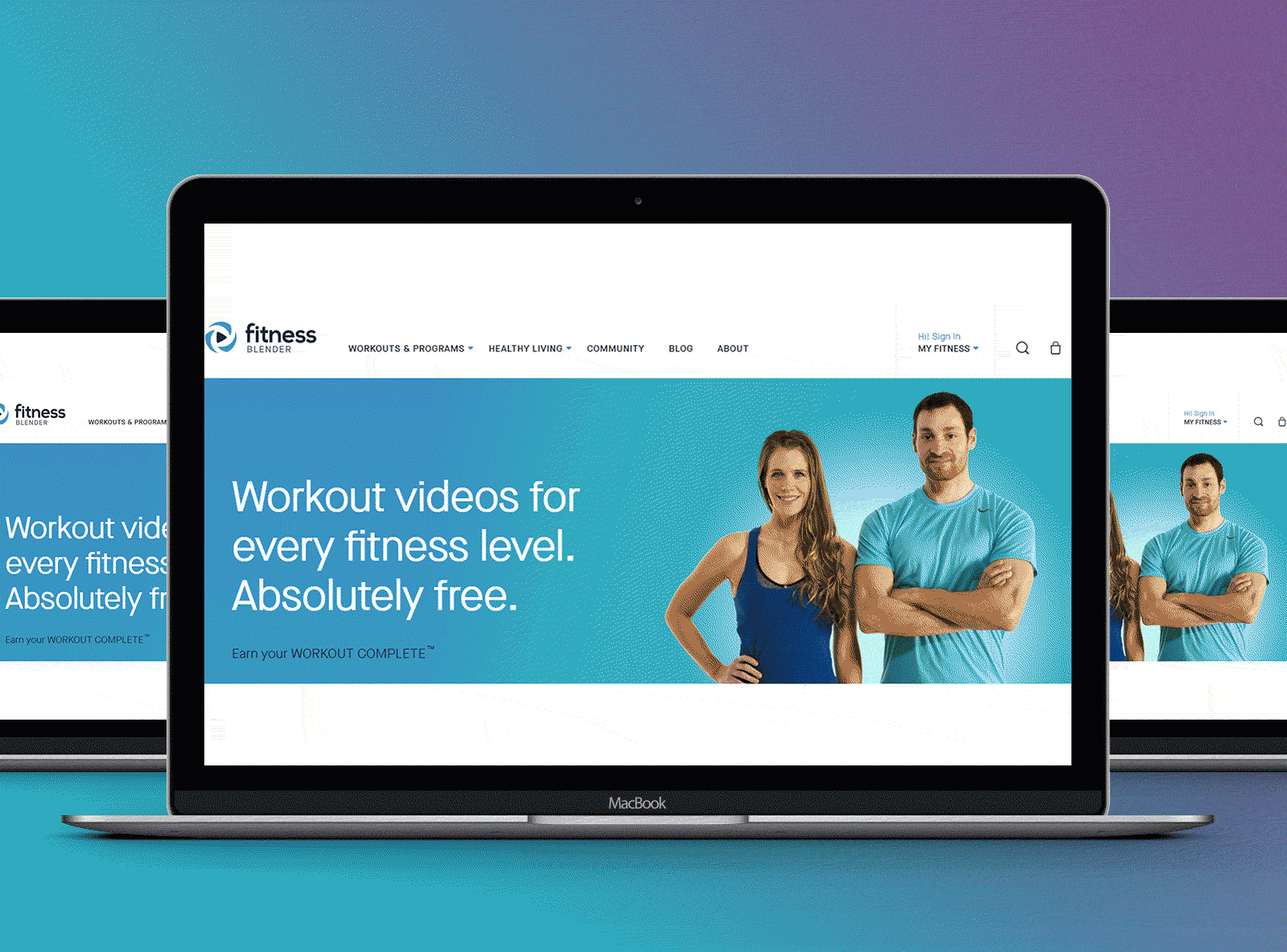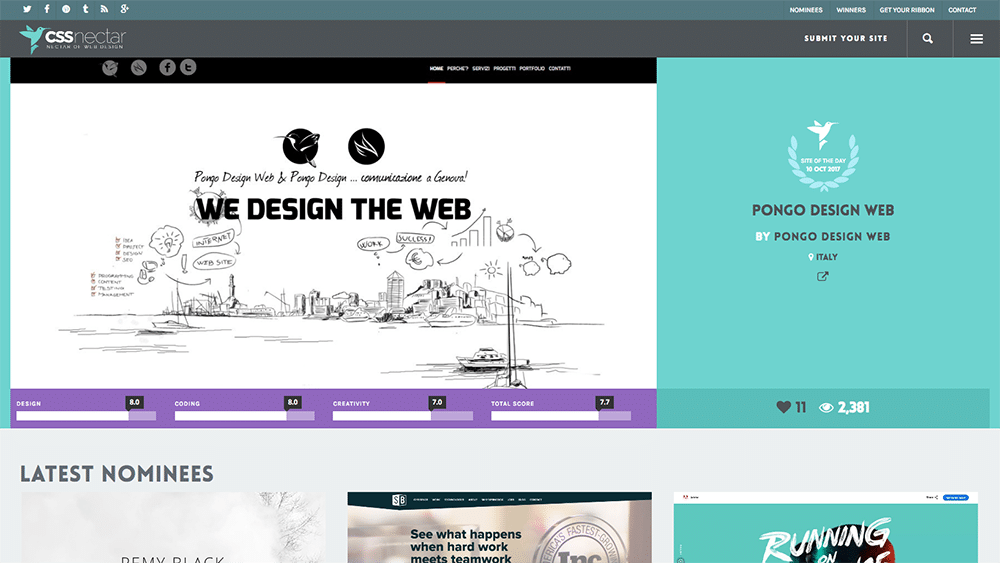Innovative Fads in Web Design Johannesburg for the Modern Service
Innovative Fads in Web Design Johannesburg for the Modern Service
Blog Article
Unwinding the Intricacies of Receptive Website Design and Its Effect On Ease Of Access and Capability Throughout Different Instruments
Receptive web layout (RWD) has arised as a fundamental technique in producing digital experiences that are both useful and easily accessible throughout varied gadgets. By incorporating techniques such as fluid grids and CSS media queries, RWD not just improves customer engagement yet likewise addresses crucial accessibility concerns for people with impairments. As the landscape of electronic interaction remains to develop, recognizing the effects of RWD becomes important. The complexities entailed in achieving this balance raise pertinent concerns about best techniques and possible risks that necessitate more exploration.
Comprehending Receptive Website Design
Receptive internet style symbolizes the principle of versatility, guaranteeing that internet sites provide an ideal viewing experience across a selection of gadgets and display sizes. This strategy uses versatile grids, layouts, and images, allowing the content to dynamically adjust based upon the user's gadget. The rise of mobile net usage has actually made responsive design not simply a pattern, however a necessity for modern-day web advancement.
At its core, responsive website design emphasizes fluidness and scalability. By using CSS media inquiries, developers can customize styles to differing display dimensions, ensuring that text remains clear and photos are presented properly. This technique accommodates the varied array of devices, from smartphones to big desktop computer displays, assisting in smooth navigation and interaction.
Furthermore, responsive website design enhances individual engagement by reducing the demand for too much zooming or straight scrolling, which can diminish the individual experience. By prioritizing access, companies can get to a broader audience, guaranteeing that all customers, no matter device, can access material effectively. Eventually, understanding responsive website design is important for developing sites that are not just aesthetically attractive yet user-friendly and also useful throughout varied platforms.

Secret Concepts of RWD
Emphasizing adaptability and user-centric layout, the essential principles of responsive website design (RWD) rotate around developing a smooth experience no matter the gadget being used. One essential concept is fluid grids, which make use of loved one devices like percentages rather of repaired measurements. This method makes sure that design elements adapt proportionally to differing display sizes, keeping visual coherence.
Another vital principle is adaptable pictures and media, which resize within their consisting of elements. web design Johannesburg. By using CSS methods such as max-width, developers can avoid photos from surpassing their parent containers, guaranteeing that visuals stay sharp and properly scaled throughout devices
Additionally, media queries play an essential duty in RWD, enabling programmers to use particular CSS styles based on the attributes of the gadget, such as elevation, orientation, and size. This capacity allows tailored experiences that boost usability and involvement.
In addition, a mobile-first method is increasingly favored, where styles focus on smaller screens and gradually boost for bigger tools. This concept not only optimizes efficiency however also deals with the growing frequency of mobile surfing. Collectively, these concepts form the backbone of receptive website design, promoting a straightforward and adaptable electronic environment.

Influence On Ease Of Access
The integration of responsive internet layout plays a vital role in improving accessibility for all customers. By taking on a flexible design that adapts to differing screen sizes and positionings, responsive design makes certain that web content remains readable and quickly accessible regardless of the tool made use of. This adaptability is particularly substantial for individuals with impairments, that might rely upon assistive innovations that work extra successfully when content is structured great site responsively.
Additionally, receptive web layout lowers the probability of concerns such as straight scrolling, which can impede customers with motor impairments or aesthetic problems. By offering a consistent customer experience throughout devices, developers can focus on accessibility attributes such as keyboard navigation and screen visitor compatibility, enabling an extra comprehensive electronic atmosphere.
In addition, online search engine significantly favor responsive layouts, which can enhance presence for customers seeking obtainable material. Therefore, companies and companies are encouraged to embrace these methods not only to abide by accessibility standards however likewise to reach a wider target market. Eventually, responsive website design contributes in advertising equitable access to info and solutions throughout varied customer teams, consequently promoting an inclusive electronic landscape.
Functionality Across Tools

Furthermore, the performance of internet applications can differ significantly across gadgets. Smart phone often have restricted processing power and slower web links, which can affect loading times and general individual experience. It is critical for designers to optimize photos, manuscripts, and various other resources to make sure that performance remains efficient and constant, despite the device being utilized.
Additionally, the design and framework of content should adjust fluidly to different screen sizes to keep pop over to this site usability. This adaptability not only improves user interaction yet also lowers stress, ultimately causing higher retention rates. In summary, prioritizing performance across gadgets is essential for developing a inclusive and effective internet visibility that satisfies the varied demands of individuals.
Finest Practices for Application
Executing receptive internet style efficiently requires a tactical method that focuses on customer experience and accessibility. To attain this, begin by adopting a mobile-first layout ideology, which highlights producing an optimal experience for smaller screens before scaling approximately bigger gadgets. This method guarantees that vital content is focused on which features are perfectly integrated.
Following, utilize fluid grids and versatile designs. Utilize relative units, such as percentages, instead of repaired systems like pixels - web design Johannesburg. This versatility permits material to resize dynamically based upon the screen's dimensions, improving use across different tools
Moreover, incorporate media queries to use certain CSS policies based upon the attributes of the device, such as resolution, elevation, and width. This targeted strategy enables tailored experiences that cater to the unique capabilities of each tool.
Additionally, prioritize accessibility by making certain that all interactive aspects are quickly navigable through touch or key-board. Apply semantic HTML to enhance screen viewers compatibility and maintain high comparison ratios for readability.
Verdict
To conclude, responsive internet layout functions as a fundamental aspect in producing practical and available digital experiences throughout diverse gadgets. By integrating fluid grids, adaptable images, and CSS media questions, receptive design not just enhances individual involvement but also advertises fair access to info for all individuals, consisting of those with disabilities. Complying with ideal methods in application makes certain that internet sites continue to be adaptable, inevitably cultivating a more inclusive electronic atmosphere that meets the differing needs of users.
Responsive web style (RWD) has actually arised as a basic method in creating electronic experiences that are both obtainable and useful throughout varied tools.Receptive internet layout symbolizes the principle of flexibility, making sure that internet sites offer an optimal viewing experience throughout a variety of devices and screen sizes.Emphasizing adaptability and user-centric layout, the crucial concepts of responsive internet design (RWD) revolve around developing a seamless experience no matter of the device being utilized.Functionality throughout devices is a More hints vital factor to consider in internet layout, as individuals involve with material with a variety of systems, including tablets, smartphones, and desktops.In conclusion, receptive internet style serves as a foundational aspect in creating available and functional electronic experiences throughout varied gadgets.
Report this page